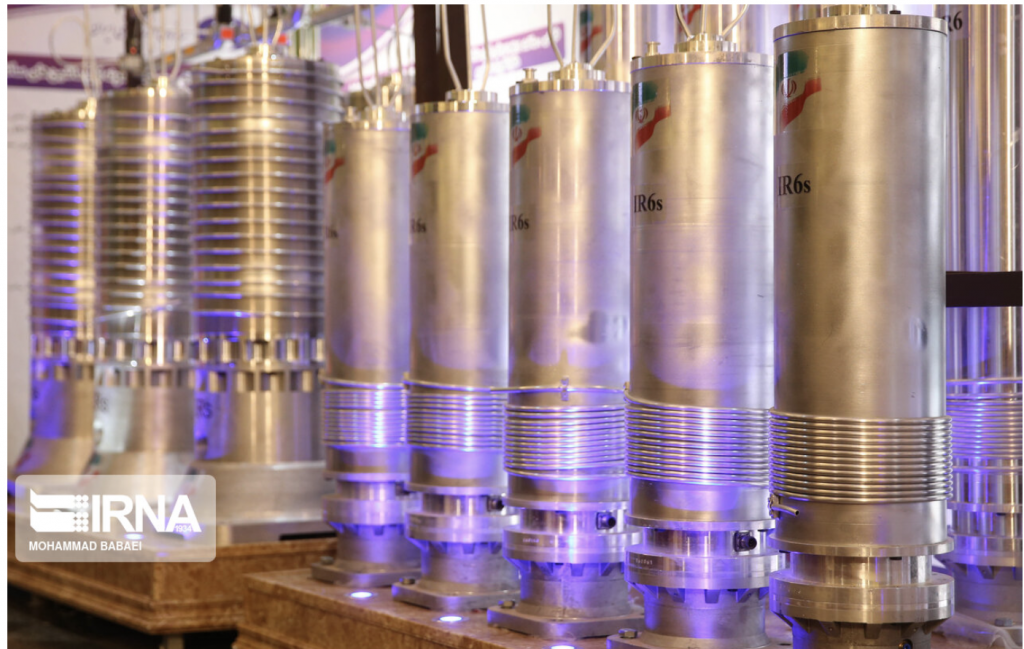In this 1993 interview, Walker Smith, III, describes the embassy’s knowledge Israel’s nuclear weapons program in State
Q:…was it accepted at the time–was it the accepted wisdom within the Embassy–that the Israelis had a nuclear capability that could be used?
SMITH: The folk wisdom within the Embassy at that time was that the Israelis were within one to four weeks of assembling a nuclear weapon, if they decided to go that way. They had the know-how and the technology, but [it was believed within the embassy that] they had not done it. They did not have them [nuclear weapons] stored. I do not know whether that was true, but it was the folk wisdom within the Embassy at the time. That war lasted over three weeks, as I remember. They [the Israelis] may very well have assembled a bomb in the course of the war. It was not something which, during the first two or three days of the war, we thought could be just around the corner.
,

